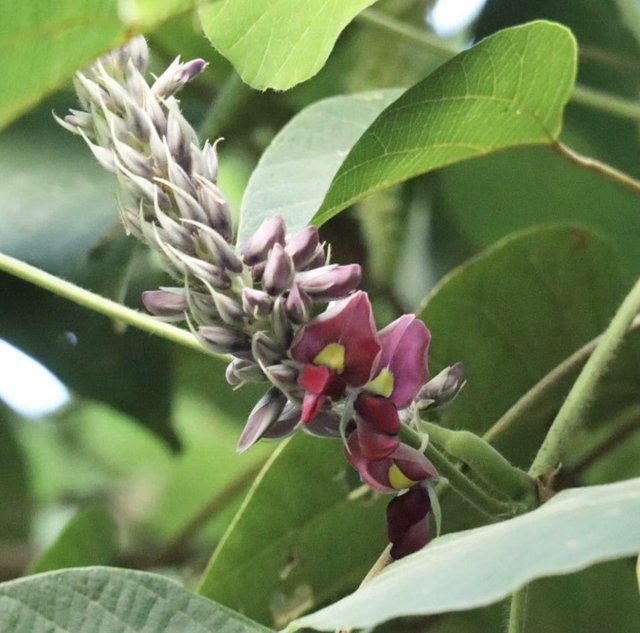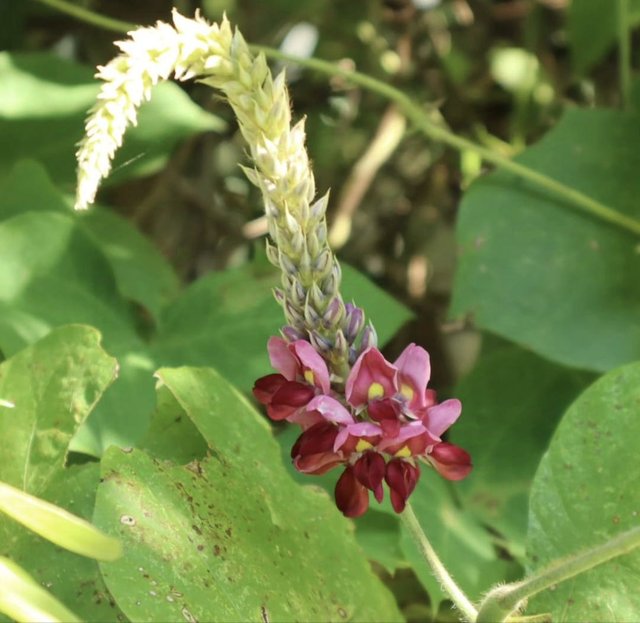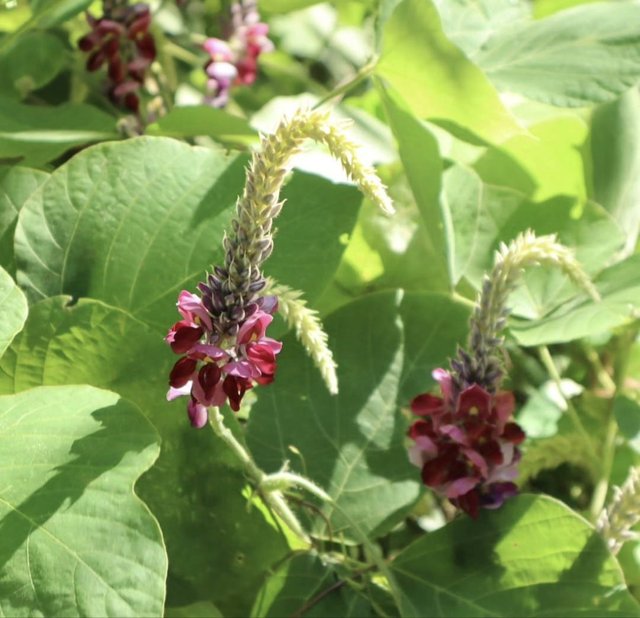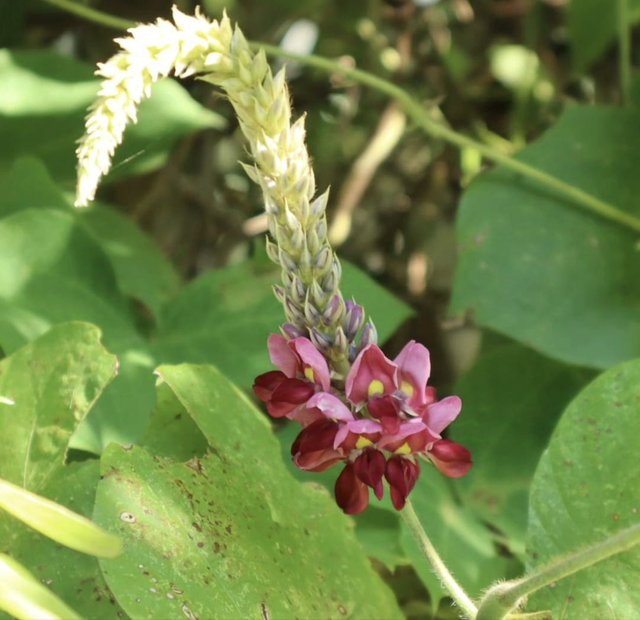



Pueraria montana is a perennial vine native to East Asia. Although it has garnered quite a reputation for being an aggressive, invasive species, its stunning purple flowers and medicinal properties make it a plant of intrigue. The Pueraria montana flower is part of the broader Fabaceae (pea) family and has significant ecological, cultural, and medicinal importance in its native regions. Let’s explore the beauty, uses, and impact of this plant in detail.
Botanical Description
The Pueraria montana plant, often simply referred to as kudzu, is a robust climber that can grow up to 1 foot per day under ideal conditions, rapidly overtaking trees, buildings, and power lines in regions where it is invasive, particularly in the southeastern United States. The flowers of Pueraria montana are one of its more attractive features. They typically bloom during the late summer or early fall, clustering on long racemes.
Each flower is about 1 to 1.5 centimeters long, with a deep, velvety purple hue. Their resemblance to sweet pea flowers, with their intricate shape, makes them visually striking. These blooms emit a sweet, grape-like fragrance, attracting bees and butterflies, making them a favorite for pollinators.
Ecological Impact
Pueraria montana is infamous for its aggressive growth. Originally introduced to the United States in the late 19th century to help control soil erosion, it quickly spread far beyond intended areas. Its rapid growth can smother native plants, disrupt ecosystems, and cause significant economic damage by affecting agriculture and forestry. Its dense vines block sunlight from reaching other plants, causing native species to die off, thus reducing biodiversity. The flowers, while beautiful, are part of the reason the plant thrives so successfully in various environments.
In regions where it is invasive, such as the United States, the flowers of Pueraria montana serve as a reminder of the plant’s aggressive dominance. However, in its native habitat in Asia, it has a more balanced role in the ecosystem, contributing to the overall biodiversity rather than threatening it.